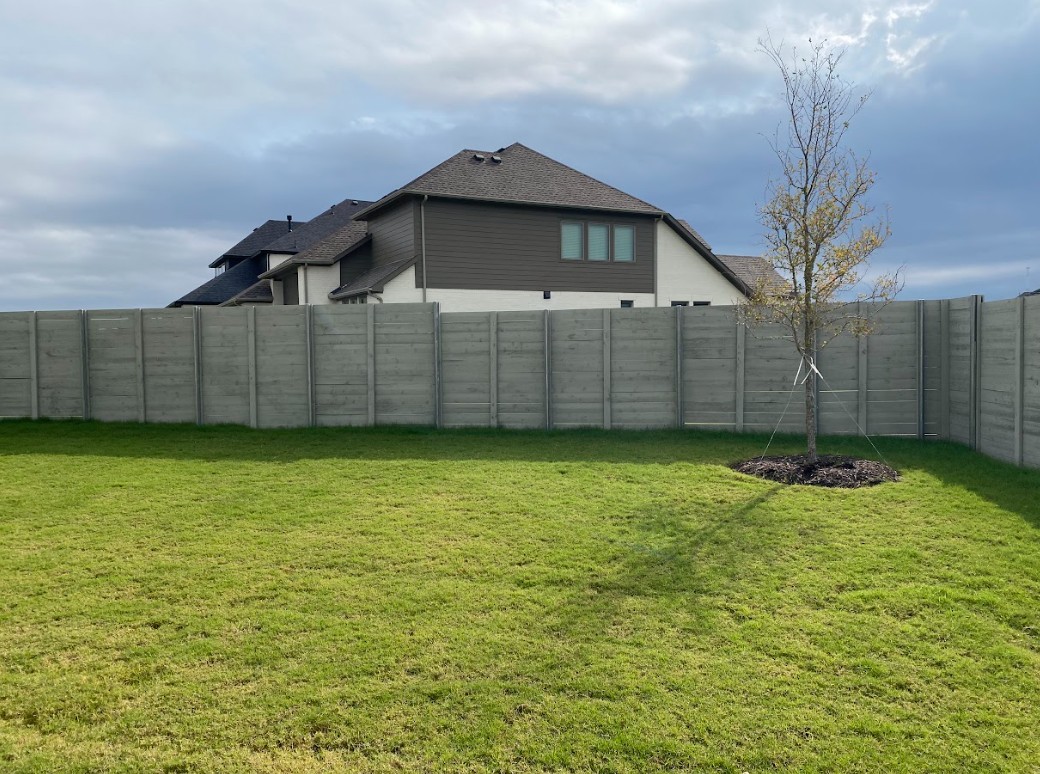
Tree planting is one of the smartest ways to add long-term value and beauty to your Texas property. In Fort Worth, properly planted trees can increase curb appeal, improve energy efficiency, and contribute to a healthier outdoor environment. But to get the full benefits, it’s critical to follow best practices tailored to the region’s climate and soil.
This guide will walk you through the key strategies every Texas homeowner should know—so your trees not only survive but thrive.
1. Choose Trees That Perform Well in North Texas
Success starts with picking the right species for the Fort Worth climate. North Texas experiences high heat, clay-heavy soil, and periods of drought. Choosing hardy, regionally-adapted trees helps reduce maintenance and improve survival rates.
Top-performing Texas trees include:
- Live Oak – drought-tolerant and evergreen
- Bald Cypress – excellent for wet or low-lying areas
- Texas Red Oak – beautiful fall color and heat-tolerant
- Cedar Elm – durable and disease-resistant
- Mexican Plum – ideal for smaller yards and spring blooms
Always consider the tree’s mature height and spread. Avoid planting large trees near power lines, structures, or underground utilities.
2. Plant at the Correct Depth
Planting too deep is one of the most common mistakes—and it often leads to root rot and early decline.
Proper planting depth includes:
- Digging a hole twice as wide as the root ball, but no deeper
- Ensuring the root flare (where the trunk flares out at the base) is visible above ground
- Avoiding the addition of too much soil or mulch over the root ball
Roots need oxygen. When they’re buried too deeply, tree growth slows and disease risks increase.
3. Plant During the Best Time of Year
In Texas, fall is the ideal time to plant trees. The soil is still warm, which promotes root growth, and the cooler temperatures reduce stress on the tree.
Planting seasons ranked:
| Season | Tree Survival Outlook |
| Fall | Best (October–November) |
| Spring | Good, but requires more watering |
| Winter | Acceptable (avoid frozen soil) |
| Summer | High risk—needs daily watering |
Fall planting gives your tree the longest possible head start before facing Texas’ summer heat.
4. Prepare the Soil and Use Mulch Wisely
Most soil in the Fort Worth area is compacted and clay-based, which means poor drainage and limited root expansion. Improving the soil and using mulch properly helps new trees adjust faster.
Best practices include:
- Blending compost into the planting hole to increase drainage and nutrients
- Applying 2–4 inches of mulch around the base—but keeping it 3 inches away from the trunk
- Avoiding weed barrier fabrics or plastic mulch that trap moisture and suffocate roots
Mulch regulates soil temperature, conserves moisture, and reduces weed competition.
5. Follow a Smart Watering Schedule
Newly planted trees need consistent water during the first year to establish strong roots. But overwatering can cause just as many problems as drought.
Watering guidelines:
- First 30 days: Water twice per week with deep soaking
- Months 2–6: Water once a week
- Months 6–12: Deep water every 2–3 weeks, depending on rainfall
- After Year 1: Supplement only during droughts
Use a soaker hose or drip irrigation for efficient watering that reaches the root zone without runoff.
6. Protect Young Trees During Establishment
New trees are vulnerable to wind, wildlife, equipment damage, and improper care. Providing protection during the first few years helps reduce stress and encourages healthier growth.
Here’s how to safeguard your trees:
- Install tree guards or wire cages to prevent deer or lawnmower damage
- Stake only if necessary—remove stakes within 6–12 months
- Begin light pruning after 2–3 years to remove dead or crossing limbs
Avoid heavy pruning during the first year. Let the tree focus its energy on root development.
7. Monitor and Adjust Over Time
Even after successful planting, trees require monitoring. Watch for signs of stress like leaf drop, yellowing, or stunted growth.
Regularly check for:
- Pests such as borers or aphids
- Soil compaction that restricts roots
- Exposed root flare—ensure mulch hasn’t piled up
- Broken or diseased limbs that need trimming
As your tree matures, its needs change. Annual evaluations help identify issues before they become costly.
8. Mistakes to Avoid
Avoiding common mistakes is just as important as following best practices. Here are five things to steer clear of:
- Planting too close to foundations or driveways
- Using synthetic mulch or plastic covers
- Overwatering or watering too shallowly
- Pruning too early or too aggressively
- Ignoring soil drainage conditions
Skipping these missteps will help you avoid replacement costs and keep your trees looking their best.
Why Homeowners Trust Professionals for Tree Planting in Fort Worth
Professional landscape experts understand local conditions. When you work with a company like Blooms Landcare, you get:
- Personalized site assessments
- Region-specific tree recommendations
- Precision planting for long-term success
- Integrated irrigation planning
- Optional 3D renderings for landscape design
Partnering with specialists ensures your tree fits your yard, survives the climate, and complements your landscape vision.
Let Blooms Landcare Help You Create a Tree-Filled Landscape
Since 2006, Blooms Landcare has helped homeowners throughout Fort Worth plant trees that thrive. From native species selection to expert installation and maintenance, our team takes pride in creating healthy, beautiful landscapes that last for decades.
Ready to enhance your outdoor space with smart tree planting? Call Blooms Landcare at 817-688-5352 today. We also provide artificial turf, custom lawn care programs, landscape design, and construction services to help you achieve a truly exceptional yard.
